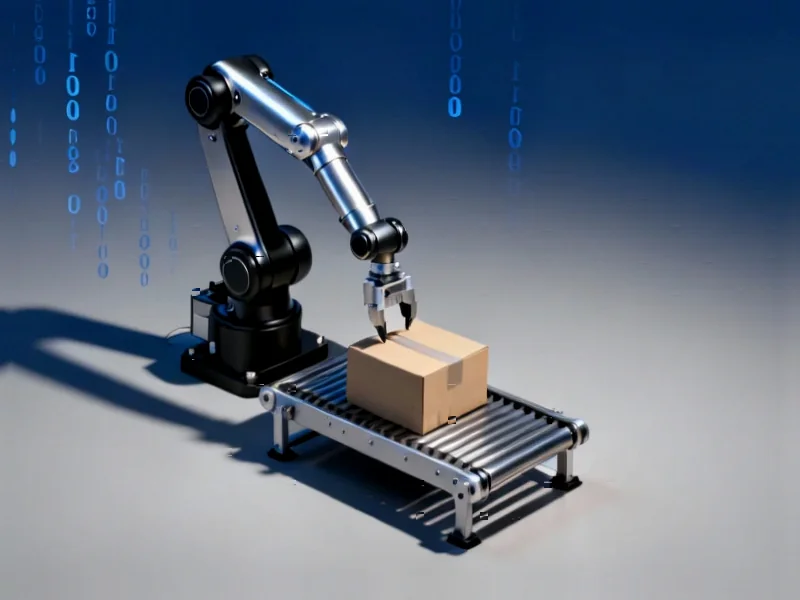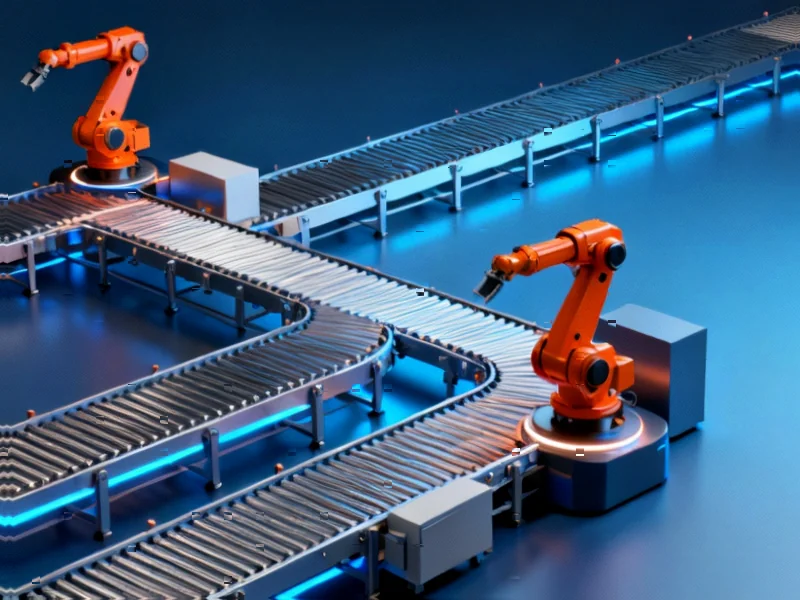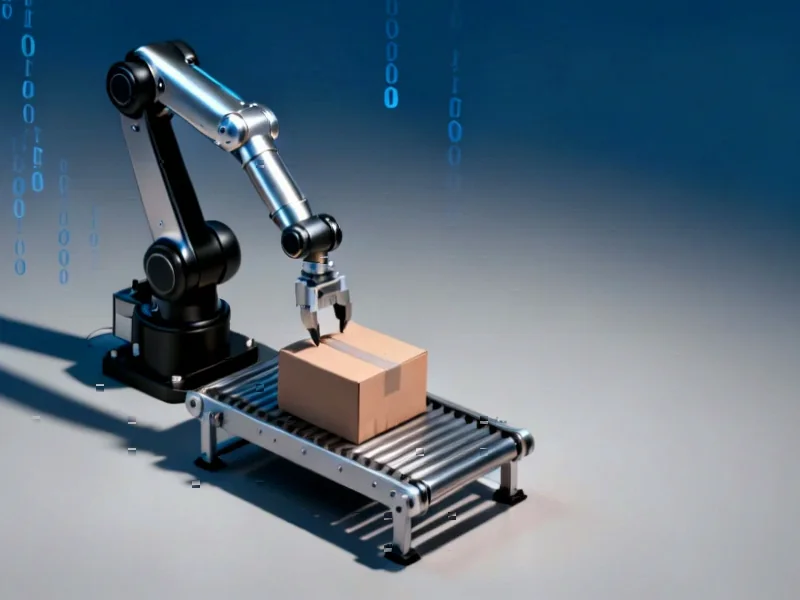The Automation Acceleration
Amazon is significantly expanding its robotics implementation across warehouse operations, with internal documents suggesting the potential replacement of approximately 600,000 human positions by 2033. While the retail giant has utilized robotics in its fulfillment centers for over a decade, recent developments indicate a substantial acceleration in automation strategy that could reshape the company’s workforce composition and the broader logistics industry.
Table of Contents
Strategic Workforce Transformation
According to The New York Times report, Amazon’s internal planning documents reveal a systematic approach to replacing human labor with robotic systems. Rather than immediate mass layoffs, the strategy appears focused on avoiding future hiring while meeting growing operational demands through technological solutions. This gradual transition could fundamentally alter Amazon’s employment trajectory in coming years.
The company currently stands as America’s third-largest employer, with approximately 1.5 million workers primarily in warehouse and delivery roles. The scale of potential workforce reduction—equivalent to eliminating an entire corporation the size of FedEx—represents one of the most significant automation transitions in modern industrial history.
Corporate Communication Strategy
Internal documents reveal Amazon’s careful consideration of public messaging around automation. The company has reportedly discussed, additional insights,:
- Replacing “automation” and “AI” with “advanced technology” in communications
- Using “cobot” instead of “robot” to emphasize collaboration
- Enhancing community engagement through local events and charitable programs
- Positioning as a “good corporate citizen” amid workforce transitions
Amazon’s Official Response
An Amazon spokesperson challenged the characterization of the leaked documents, stating they “often paint an incomplete and misleading picture of our plans.” The company emphasized its position as America’s leading job creator over the past decade and highlighted current hiring initiatives, including 250,000 seasonal positions for the holiday period.
“Our investments will continue to create substantial employment, emphasizing higher-paying positions,” Amazon stated. “Efficiency gains in one area enable us to invest in other areas—both existing and entirely new ones—that create additional value for customers.”, according to industry news
Broader Industrial Implications
The potential scale of Amazon’s automation initiative reflects broader trends in industrial robotics adoption. MIT research has demonstrated that each robot added per 1,000 workers reduces wages by 0.42% and has already eliminated an estimated 400,000 positions nationwide. Amazon’s approach could establish new benchmarks for robotics integration in logistics and distribution sectors.
Industry observers note that successful implementation of this scale would represent a landmark achievement in industrial automation, potentially influencing workforce strategies across retail, manufacturing, and supply chain operations globally.
Future Workforce Development
Amazon emphasizes its commitment to workforce evolution rather than reduction. The company notes its ongoing investment in upskilling programs and the creation of higher-value positions. This transition reflects the complex balance between operational efficiency and workforce responsibility that major employers increasingly face in the automation era.
As robotics technology continues to advance, Amazon’s approach to managing this transition—both technologically and socially—will likely serve as a case study for industrial automation implementation across multiple sectors.
Related Articles You May Find Interesting
- Omada’s AI Agent Army Aims to Revolutionize SMB Marketing for Under $9 Daily
- Beyond Efficiency: How Apple’s AI Approach Signals The Real Future Of Workplace
- Microsoft’s Nadella Sees Compensation Surge to $96.5 Million Amid AI Push and Bo
- European Space Giants Forge Alliance to Counter SpaceX Dominance
- US Unlocks Cold War Plutonium Stockpile to Power Next-Gen Nuclear Reactors
References & Further Reading
This article draws from multiple authoritative sources. For more information, please consult:
This article aggregates information from publicly available sources. All trademarks and copyrights belong to their respective owners.
Note: Featured image is for illustrative purposes only and does not represent any specific product, service, or entity mentioned in this article.



